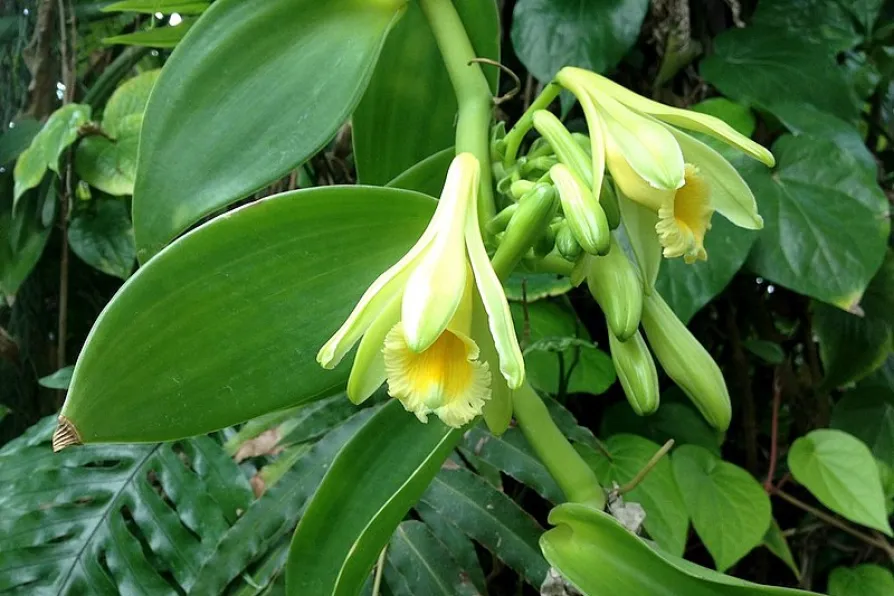PETER MASON is wowed (and a little baffled) by the undeniably ballet-like grace of flamenco

 HUGELY PROLIFIC: Vanilla
HUGELY PROLIFIC: Vanilla
ROSA ABREU-RUNKEL’S Vanilla is anything but — if that word is taken to mean bland or predictable.
Her book tells the story of 500 hundred years of mercantile and capitalist innovation and exploitation through the [[{"fid":"27113","view_mode":"inlineright","fields":{"format":"inlineright","field_file_image_alt_text[und][0][value]":false,"field_file_image_title_text[und][0][value]":false},"link_text":null,"type":"media","field_deltas":{"2":{"format":"inlineright","field_file_image_alt_text[und][0][value]":false,"field_file_image_title_text[und][0][value]":false}},"attributes":{"class":"media-element file-inlineright","data-delta":"2"}}]]cultivation and consumption of the cured, dried and conditioned beans of the vanilla planifolia plant, part of the orchid family.
It’s a very fussy plant requiring quite narrow ranges of humidity, pH values and temperature to thrive and the pollination process is very challenging, as early European cultivators found to their irritation.
No Marxist, Abreu-Runkel nevertheless comes from the Dominican Republic and certainly doesn’t shy away from some of the uncomfortable truths associated with the product and its cultivation.
Used for centuries by Meso-American cultures and especially by the Totonacs, with the conquest of present-day Mexico by Europeans, vanilla was a key part of the “Columbian Exchange,” initially being used to sweeten chocolate.
The author drily observes that for the Totonac people “this ensured that their worth to the Europeans, who enslaved and exterminated indigenous peoples, would not be diminished and kept the same fate from befalling them.”
Yet it wasn’t until a couple of centuries later that the mass market for vanilla and its ubiquitous use as a flavouring really took off. Firstly, in the US under the alleged patronage of Thomas Jefferson, but thanks to the ingenuity of his personal slave James Hemmings, vanilla pods were imported from Europe with its resulting use in ice creams and other confectioneries.
Yet another slave, Edmond Albius from Reunion Island, cracked the incredibly tricky pollination code, hence making its cultivation as a cash crop more viable than before.
Finally, in the mid-19th century two German scientists, Ferdinand Tiemann and Wilhelm Haarmann. developed a way to synthesise vanillin, the core component, by using coniferin from pine bark. The industrialisation stage was underway.
Abreu-Runkel then charts the incredible ubiquity of the flavour within Western and increasingly global diets, its scarcity during the world wars, and its falling out of favour among the middle-classes before its revival in the organic and natural foods wave.
The author also demonstrates the incredible shifts in vanilla’s areas of production, reflecting colonial and neo-colonial influences, with Madagascar and Indonesia by far the most important producer countries. In recent decades China has climbed up that league table and now claims a comfortable third place.
In a book that might have benefited from more robust editing, its structure is very stop-start, a reflection as to how much narrative and data it tries to pack in.
There are also some real howlers, including the claim that vanilla plants grow at altitudes of up to 950 kilometres above sea level!
These irritations aside, this is a lovely little book — something to comfort the reader during the cold winter evenings ahead.
Published by Reaktion Books, £11.99
PAUL SIMON

















